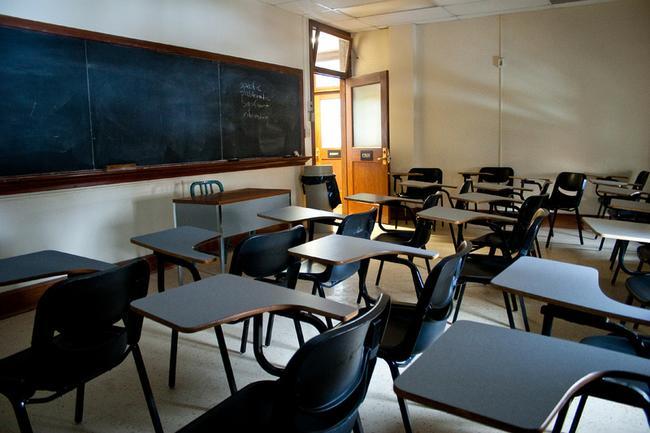A Jan. 25 report from MU Campus Facilities states MU needs $511 million to fund what they refer to as capital renewal, deferred maintenance and plant/program adaptation.
MU has identified over 30 academic buildings that need full building renovations, according to the report.
“At our current rate of growth, in just 10 years our total projected need will be over $1 billion, and this is without adding a single square foot to education and general space,” the report stated.
A 2009 report released from the Missouri Department of Higher Education spelled out three of MU’s most problematic buildings, totaling about $177 million worth of work. Since the report was released in 2009, the three buildings, Lafferre Hall, the Fine Arts Building and Strickland Hall, have remained the same aside from some renovations made to Lafferre in 2009.
Paul Wagner, Deputy Commissioner for the Missouri Department of Higher Education, said the lack of action in fixing problems with campus buildings has to do with the state’s lack of funds.
“It’s certainly a lack of money at the state part,” Wagner said. “State funding has not gone up in a long time.”
Wagner said with schools trying to keep the cuts out of the classroom, the cuts can hit deferred campus maintenance because it is one of the things campuses can do in the short term to protect the classroom from cuts.
“There comes a time when it eventually catches up to you and that time is here,” Wagner said.
The Department of Higher Education’s 2009 report breaks down the funding for each building into two categories: an amount requested from the state and an amount requested from MU.
To come up with the data about the buildings for the MDHE report, Wagner said two staff members spent an entire summer visiting Missouri college campuses and finding structural problem areas, especially some of the ones that multiple schools had in common.
“The campuses already knew what their problems were,” Wagner said of the report. “We’ve used it to try to build budget requests as far as asking for state money for deferred maintenance.”
Campus Facilities Communications Manager Karlan Seville said funding for deferred maintenance projects comes from the university’s general operating funds and is usually a combination of funding from the state and the university.
“We have to identify the source when we choose what building we’re doing. It could be departmental funds, maintenance and repair funds, bonds or other sources,” Seville said.
MU does not have a formal list of buildings in the order they are to be renovated.
“We have a list of education and general buildings needing renovation, but we fund them depending on how much money we have for a project and how the project will best support the academic mission of the university,” Seville said.
Seville said the building next most likely to be renovated is Gwynn Hall which was built in 1871. Switzler and Tate Halls are currently being renovated.
Continuing coverage of the situation will come as The Maneater investigates the maintenance needs of MU and its lack of funding.








